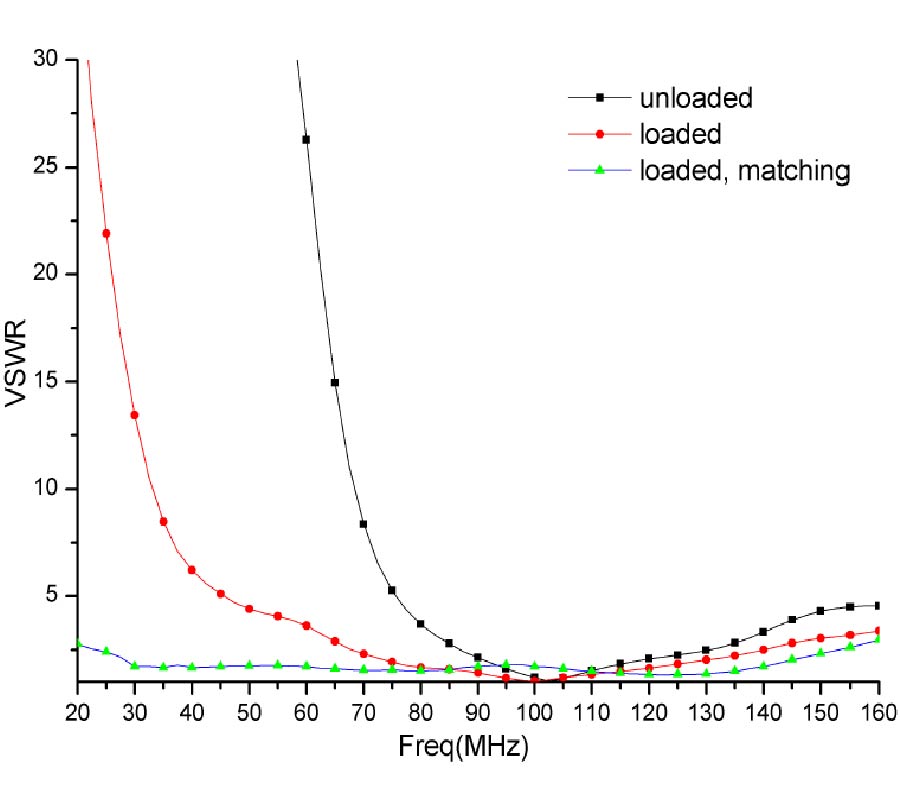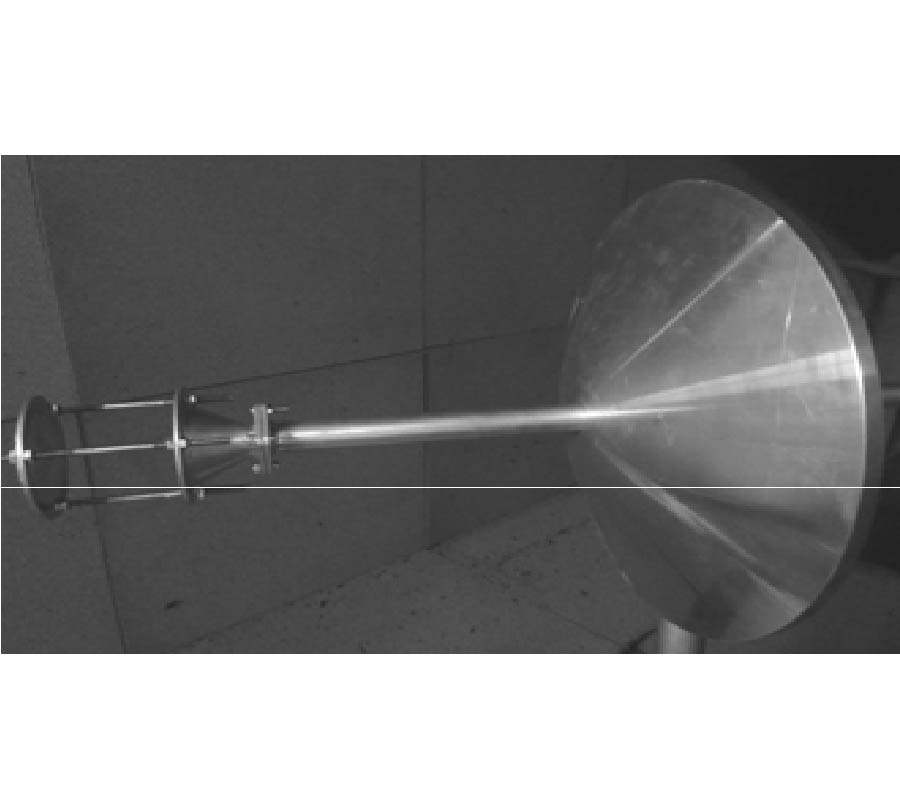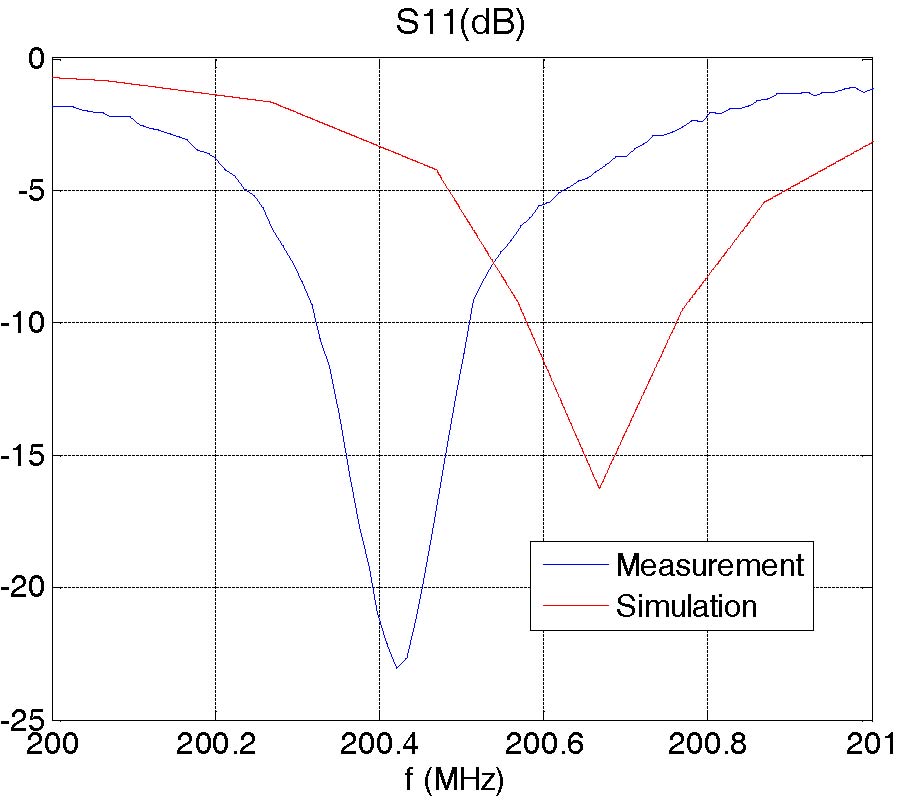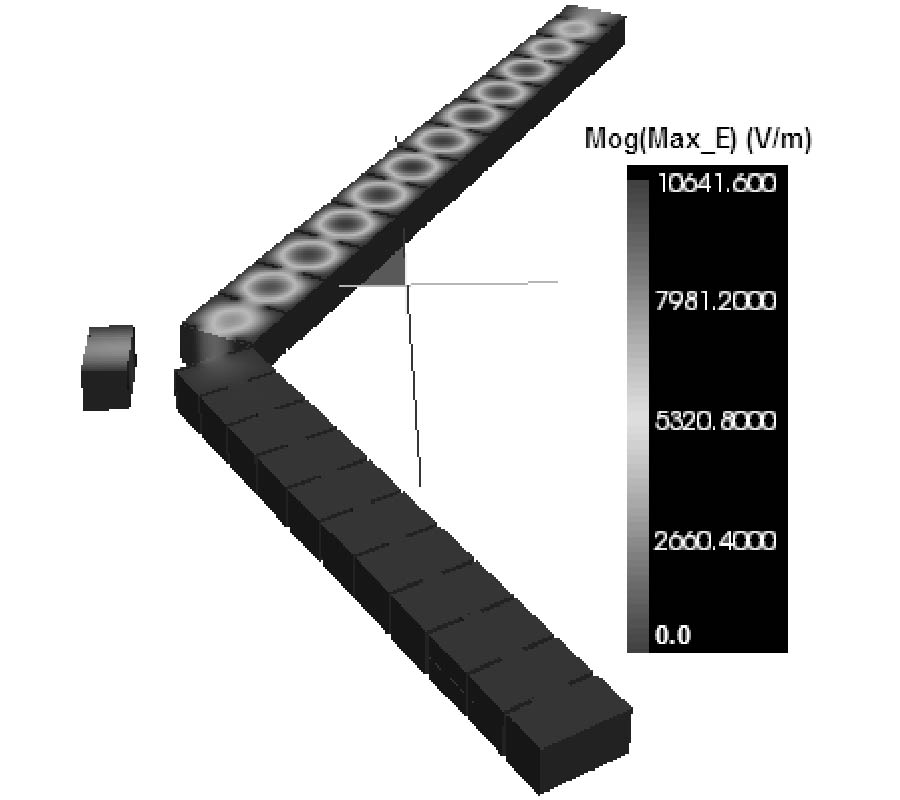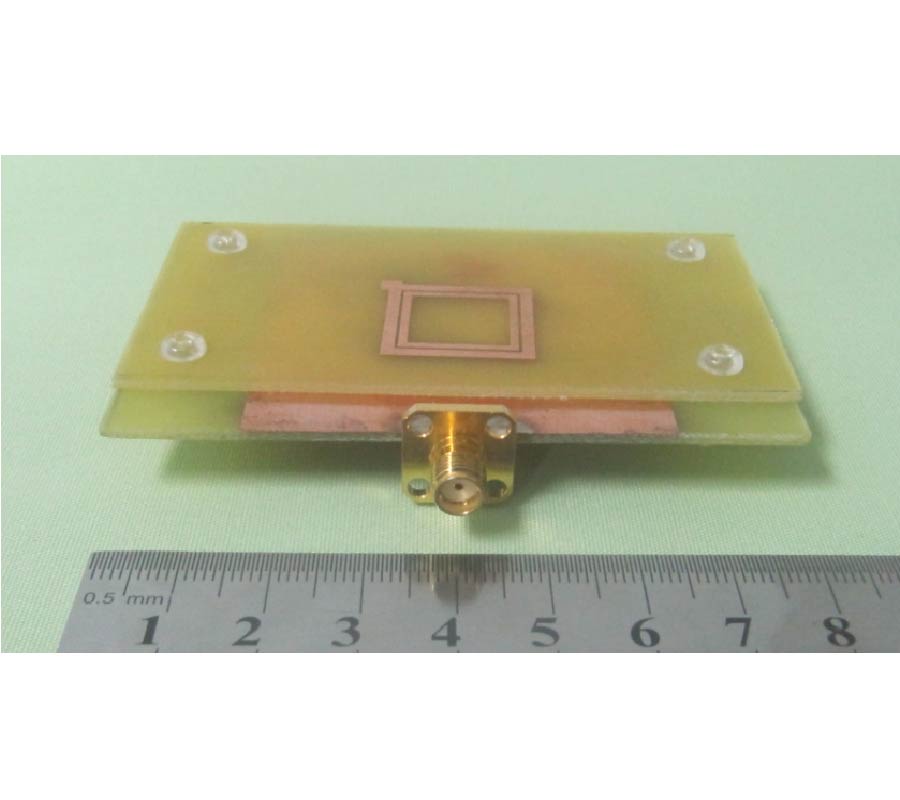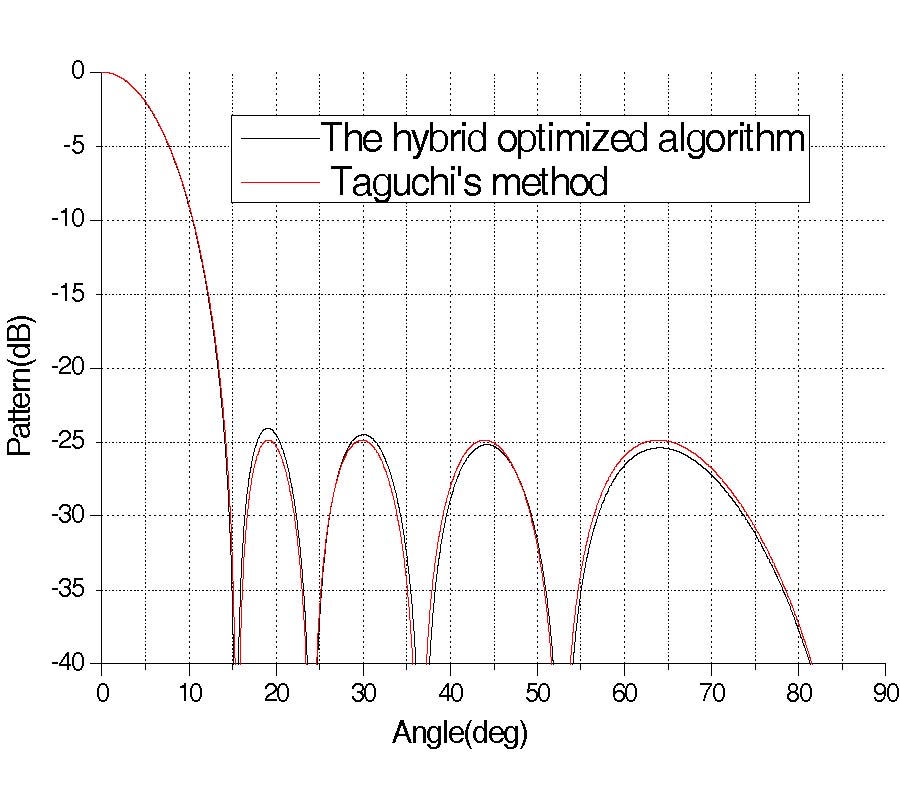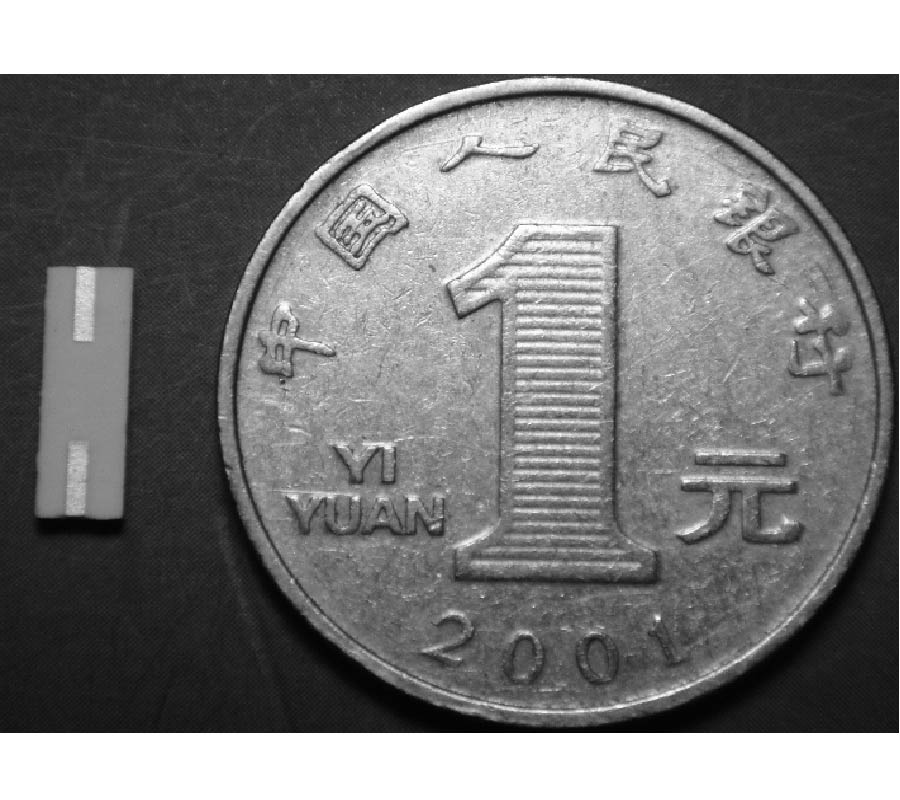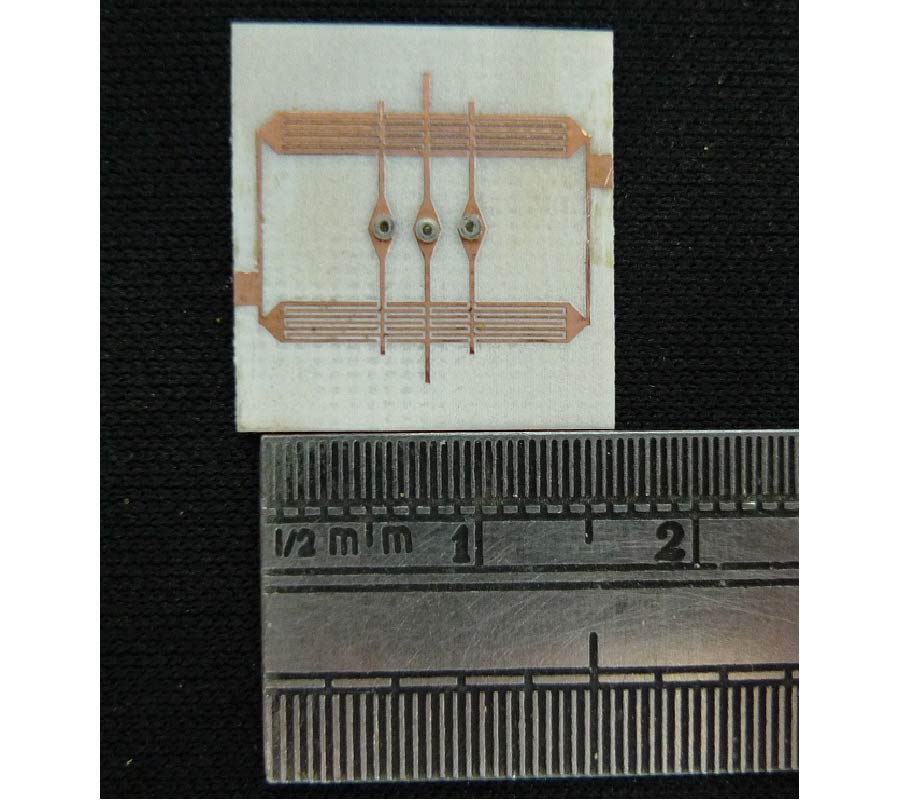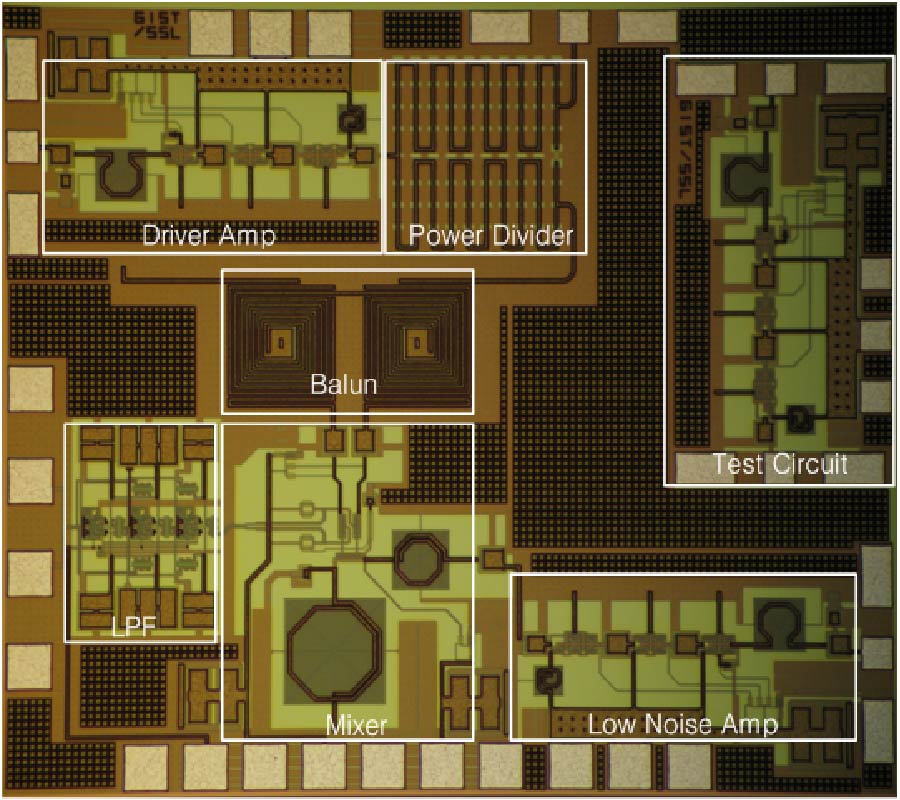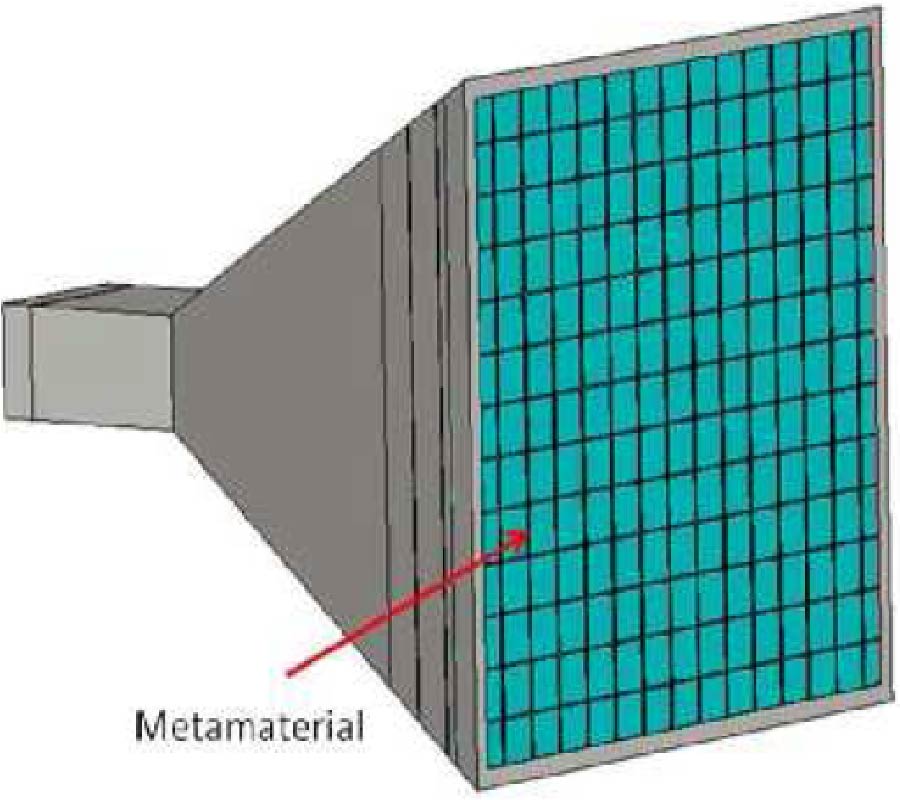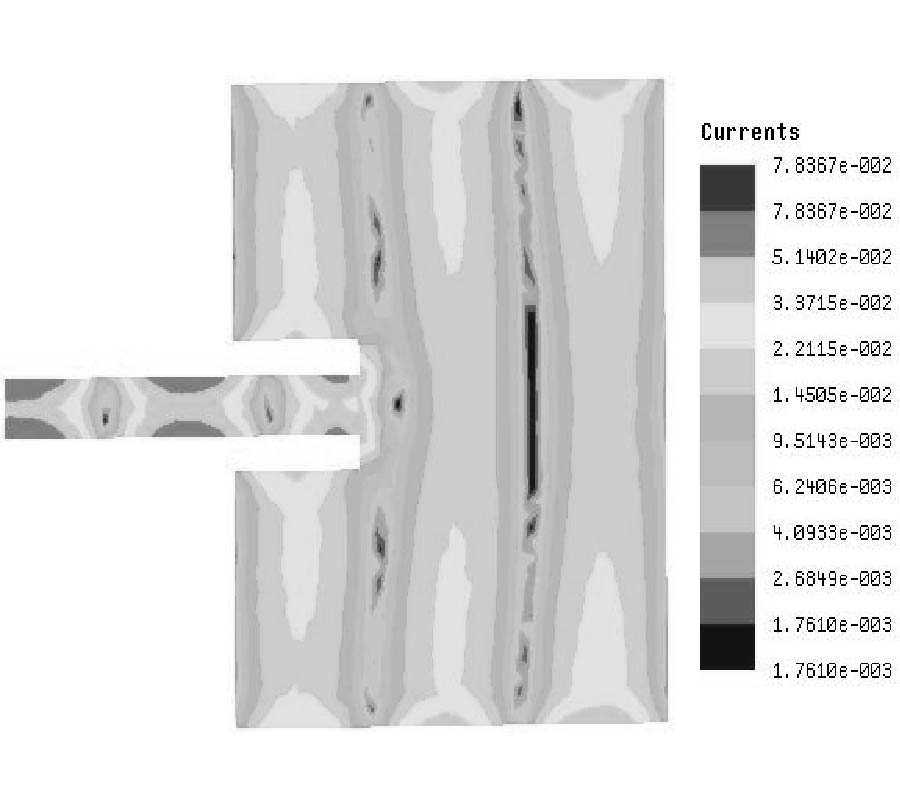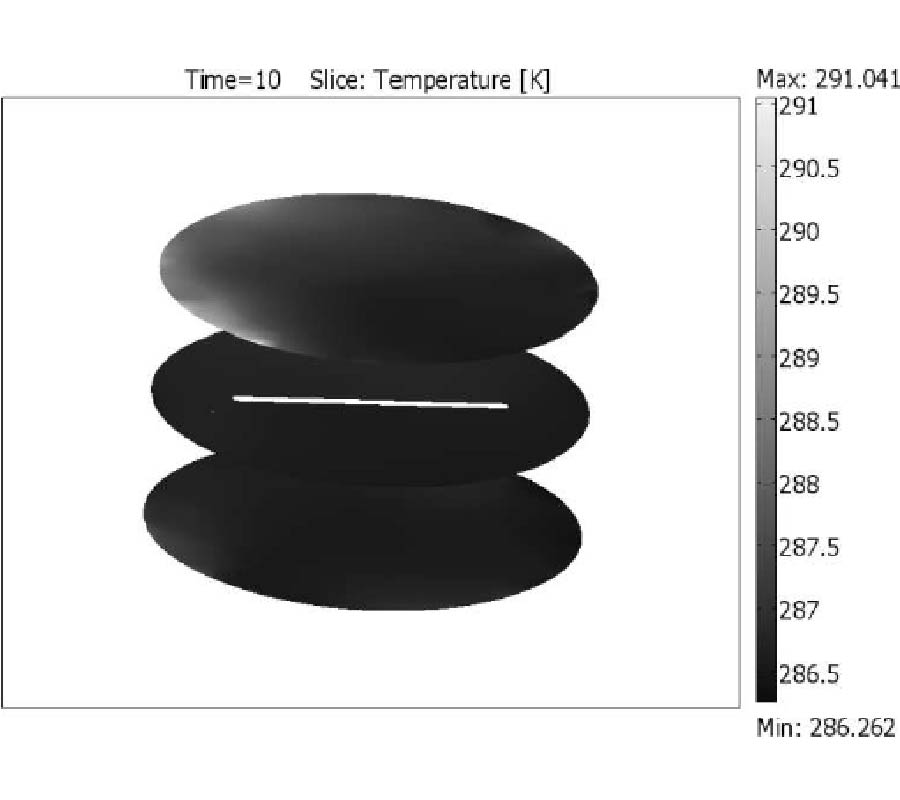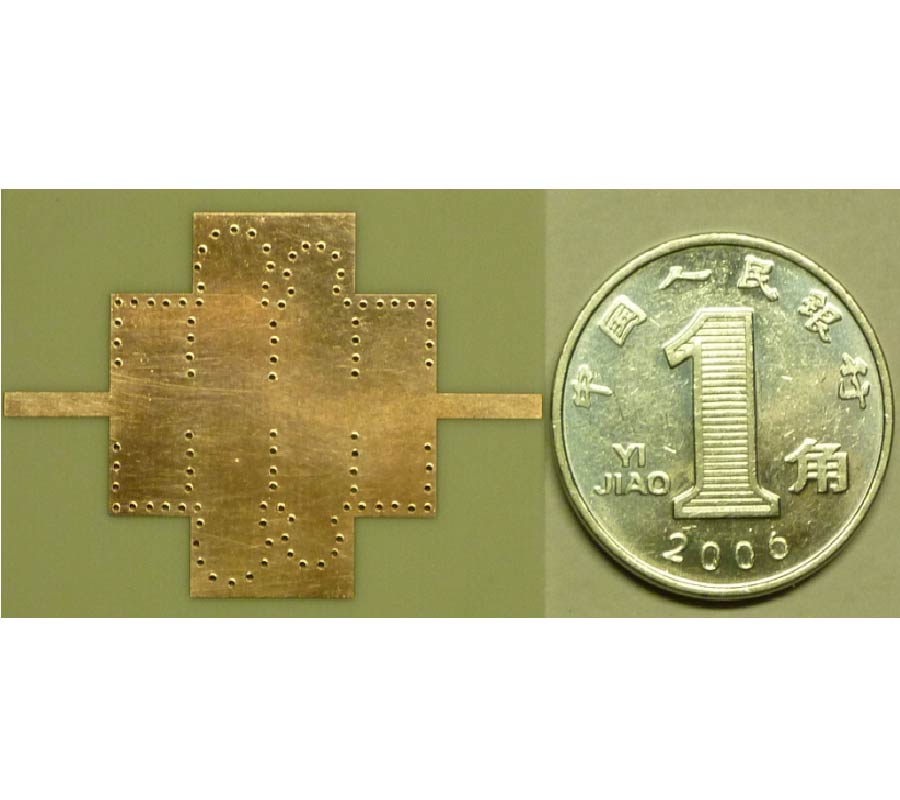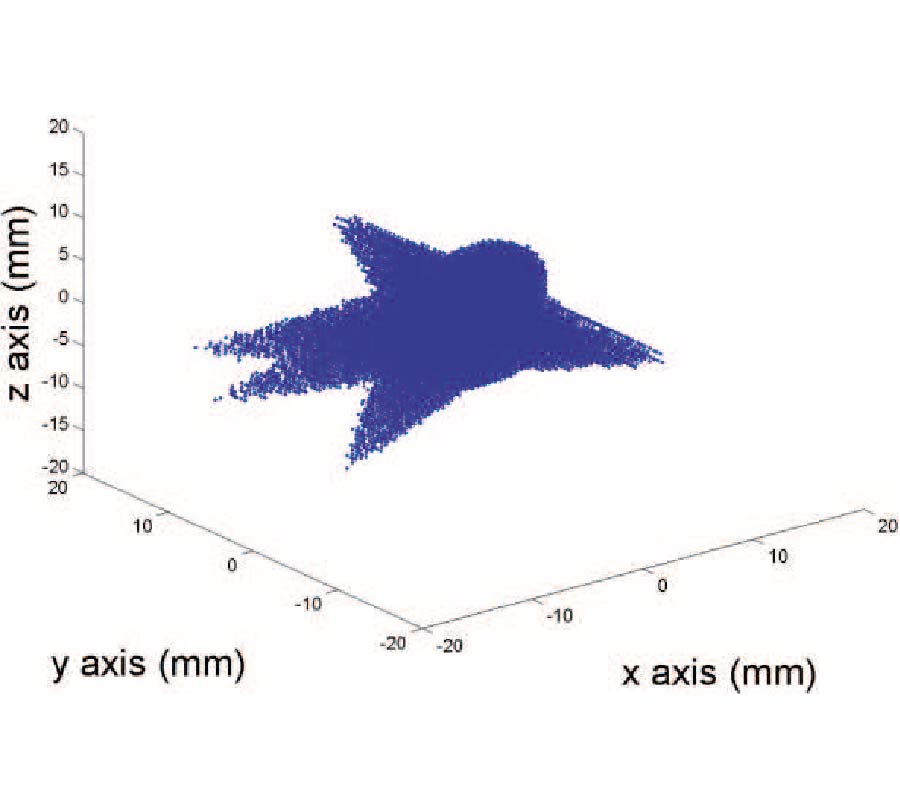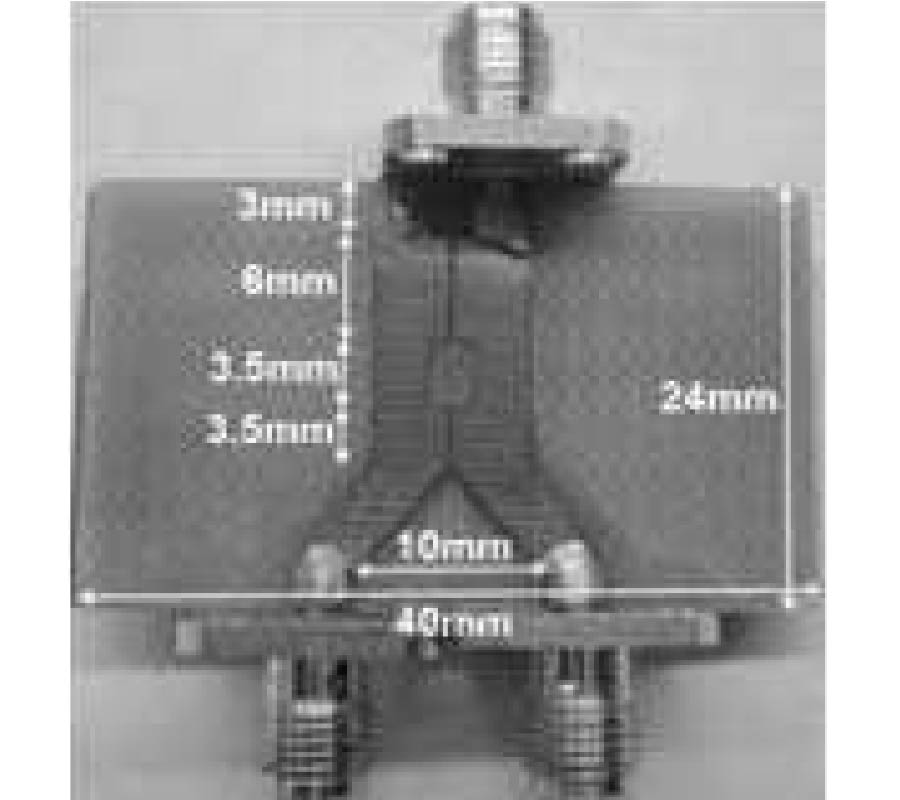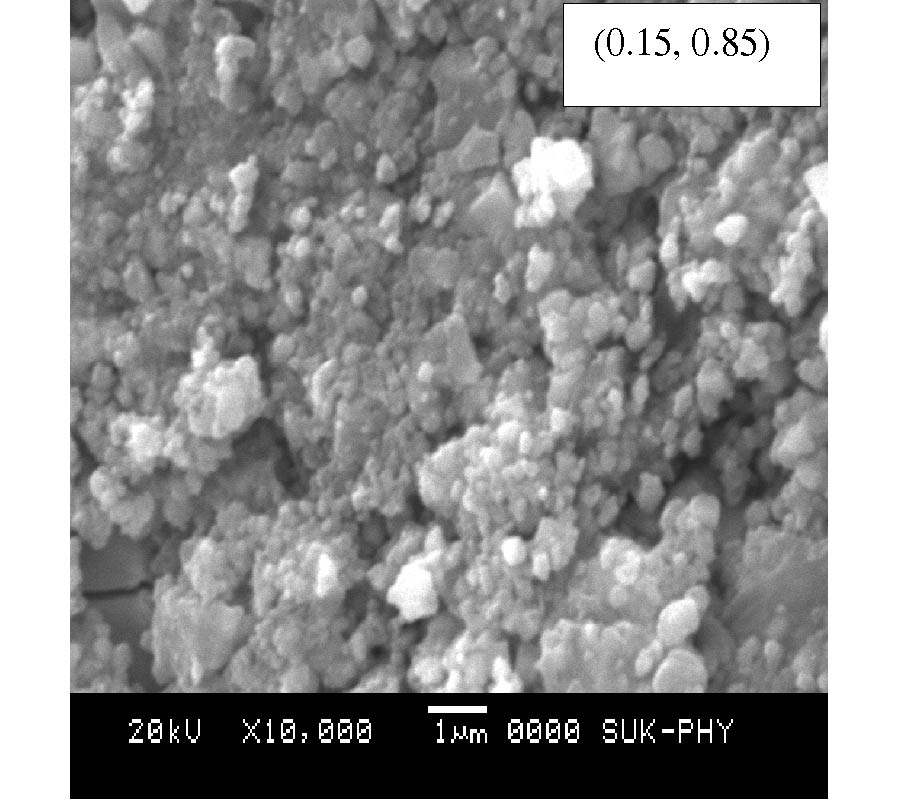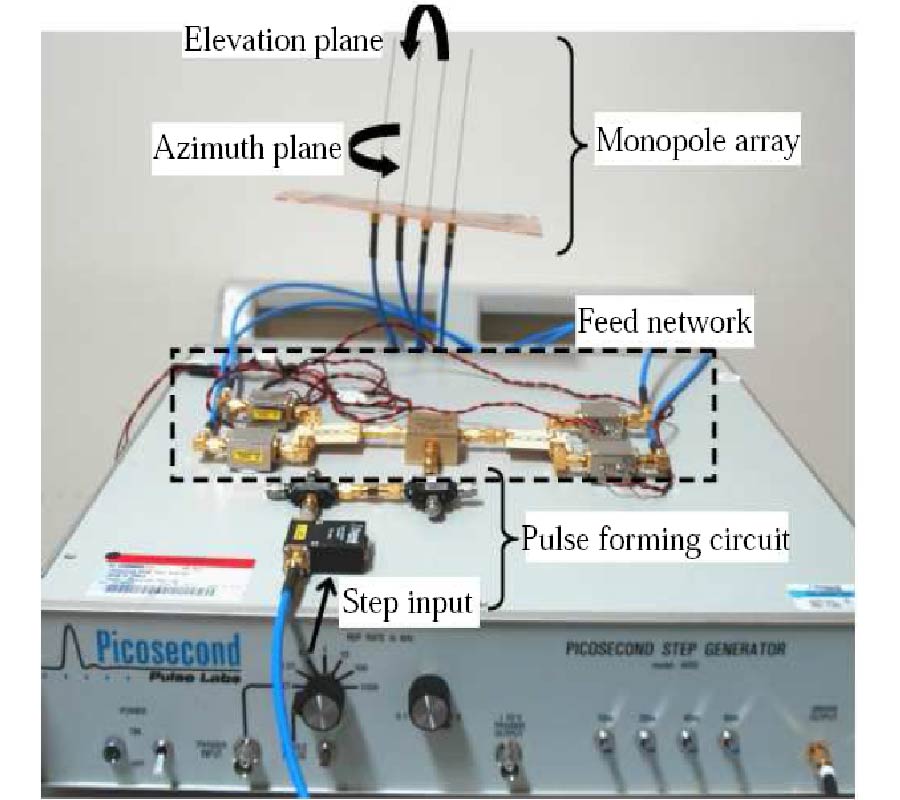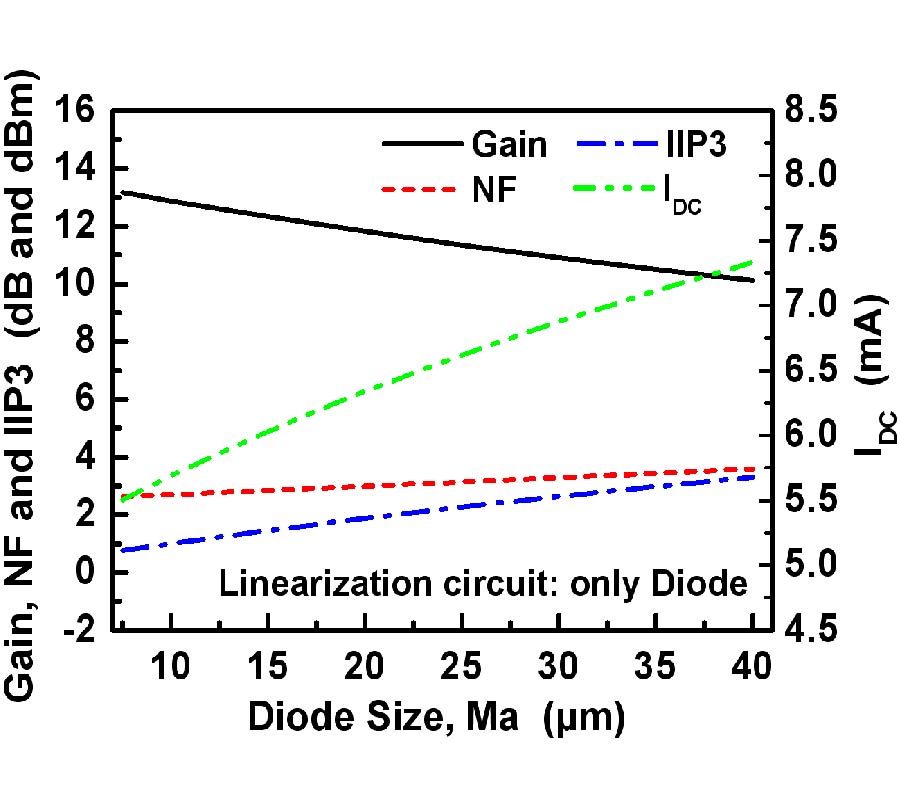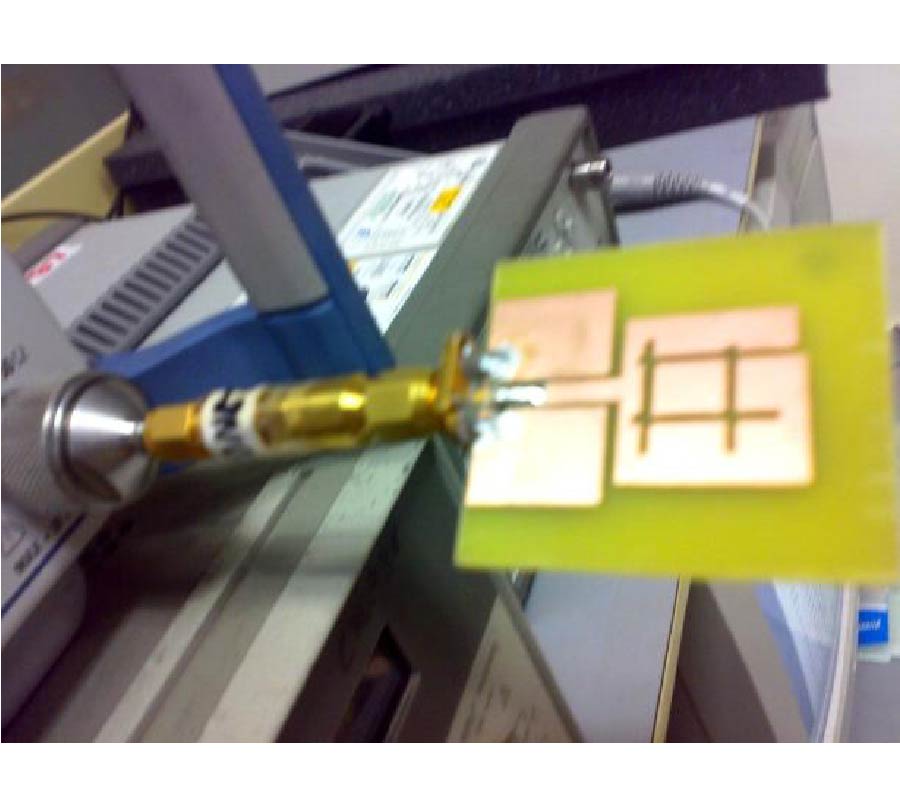Spiking Neural Networks for Breast Cancer Classification Using Radar Target Signatures
Brian McGinley,
Martin O'Halloran,
Raquel Cruz Conceicao,
Fearghal Morgan,
Martin Glavin and
Edward Jones
Recent studies have shown that the dielectric properties of normal breast tissue vary considerably. This dielectric heterogeneity may mean that the identification of tumours using Ultra Wideband Radar imaging alone may be quite difficult. Significantly, since the dielectric properties of benign tissue were shown to overlap with those of malignant, breast tumour classification using traditional UWB Radar imaging algorithms could be very problematic. Rather than simply examining the dielectric properties of scatterers within the breast, other features of scatterers must be used for classification. Radar Target Signatures have been previously used to classify tumours due to the significant difference in size, shape and surface texture between benign and malignant tumours. This paper investigates Spiking Neural Networks (SNNs) applied as a novel tumour classification method. This paper will describe the creation of 3D tumour models, the generation of representative backscatter, the application of a feature extraction method and the use of SNNs to classify tumours as either benign or malignant. The performance of the SNN classifier is shown to outperform existing UWB Radar classification algorithms.
